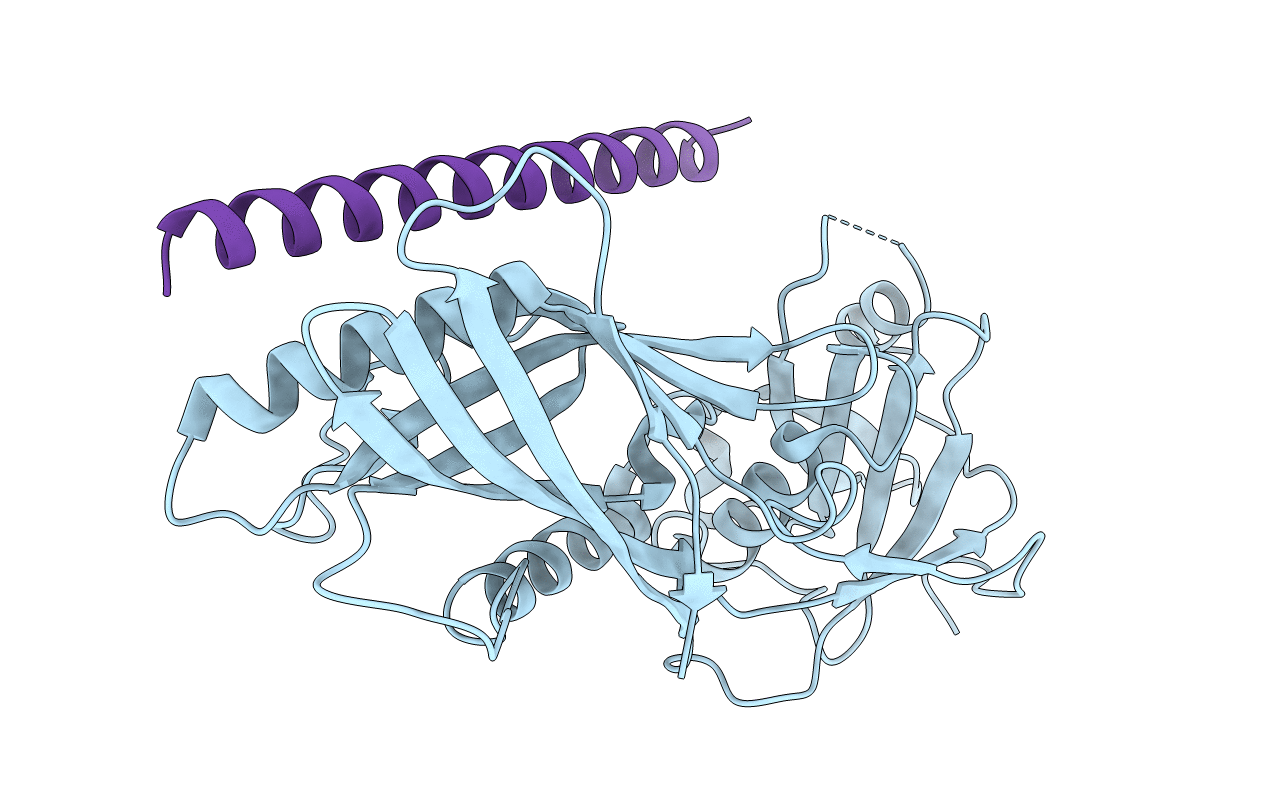
Deposition Date
2017-07-18
Release Date
2018-04-18
Last Version Date
2024-11-20
Entry Detail
PDB ID:
5OID
Keywords:
Title:
Complex Trichoplax STIL-NTD:human CEP85 coiled coil domain 4
Biological Source:
Source Organism:
Trichoplax adhaerens (Taxon ID: 10228)
Homo sapiens (Taxon ID: 9606)
Homo sapiens (Taxon ID: 9606)
Host Organism:
Method Details:
Experimental Method:
Resolution:
4.60 Å
R-Value Free:
0.36
R-Value Work:
0.35
R-Value Observed:
0.35
Space Group:
I 41 3 2


